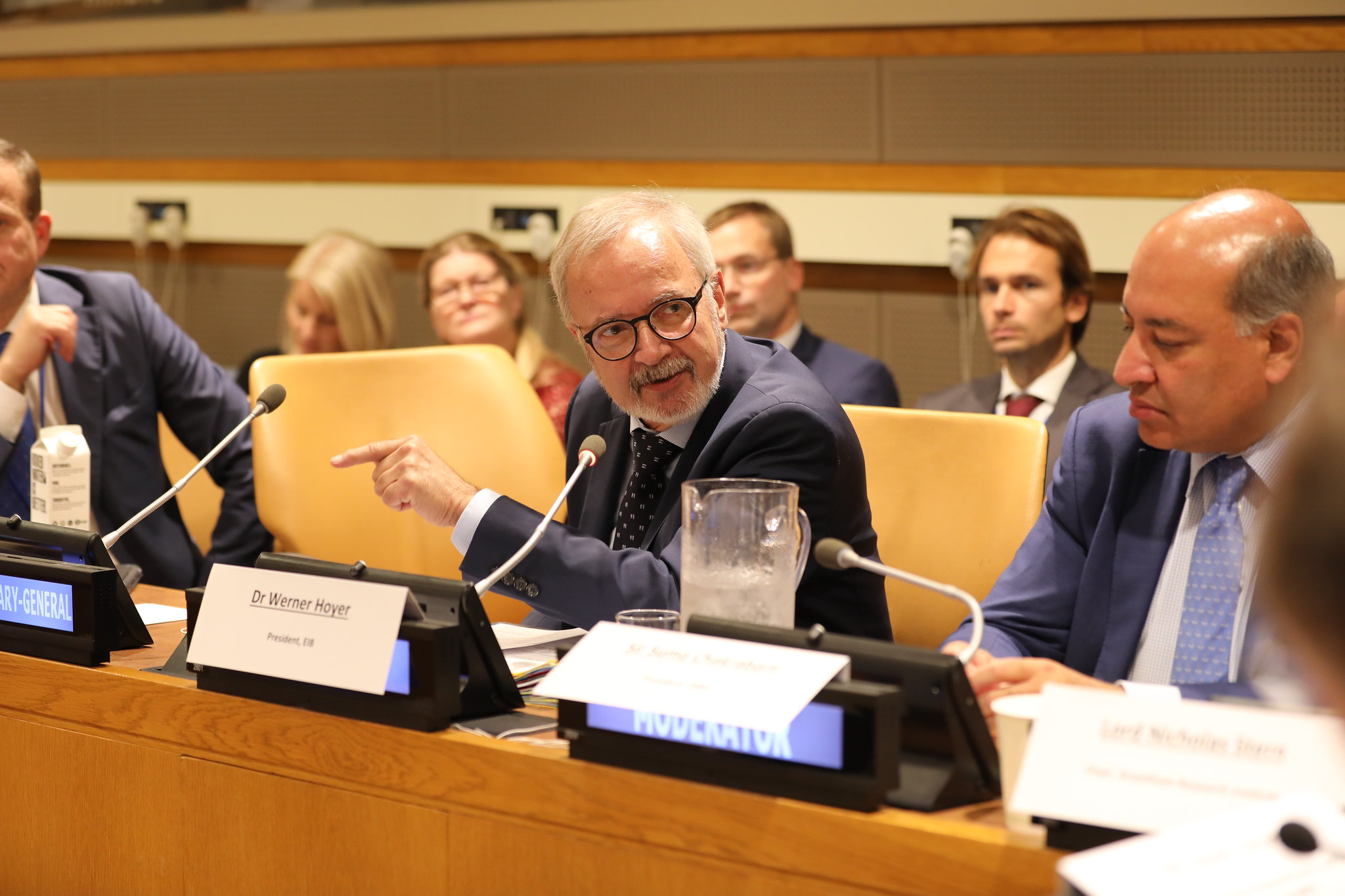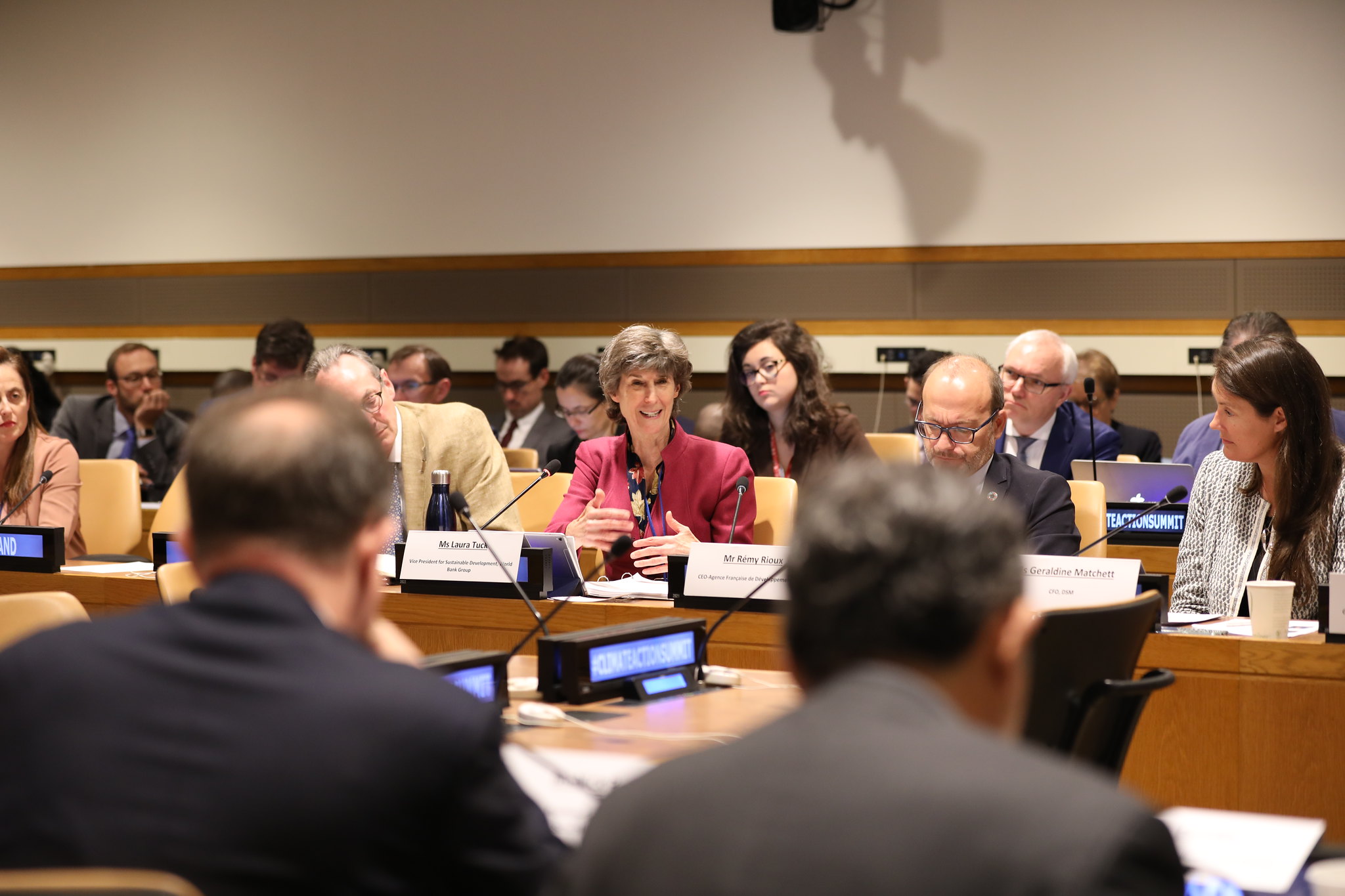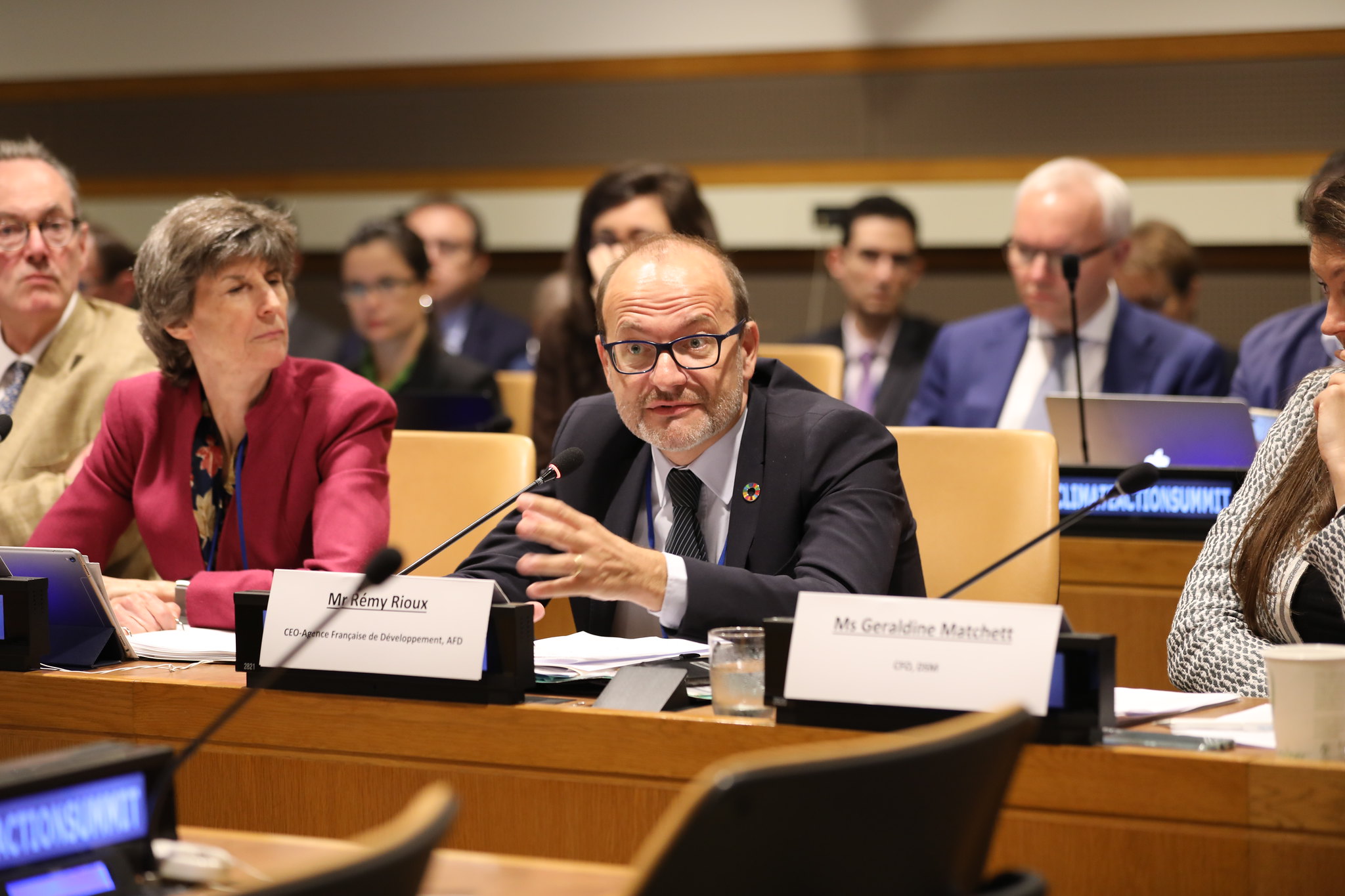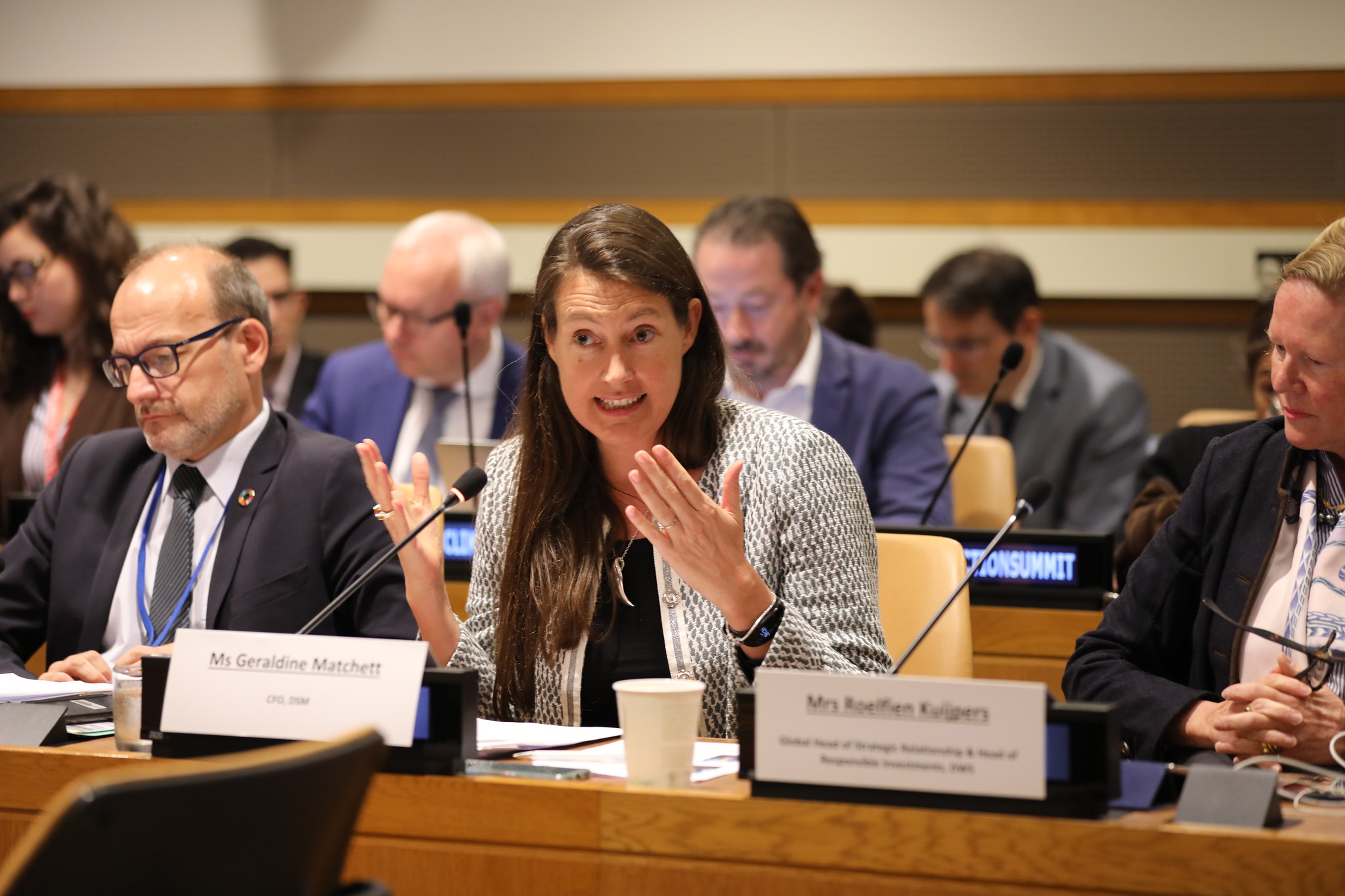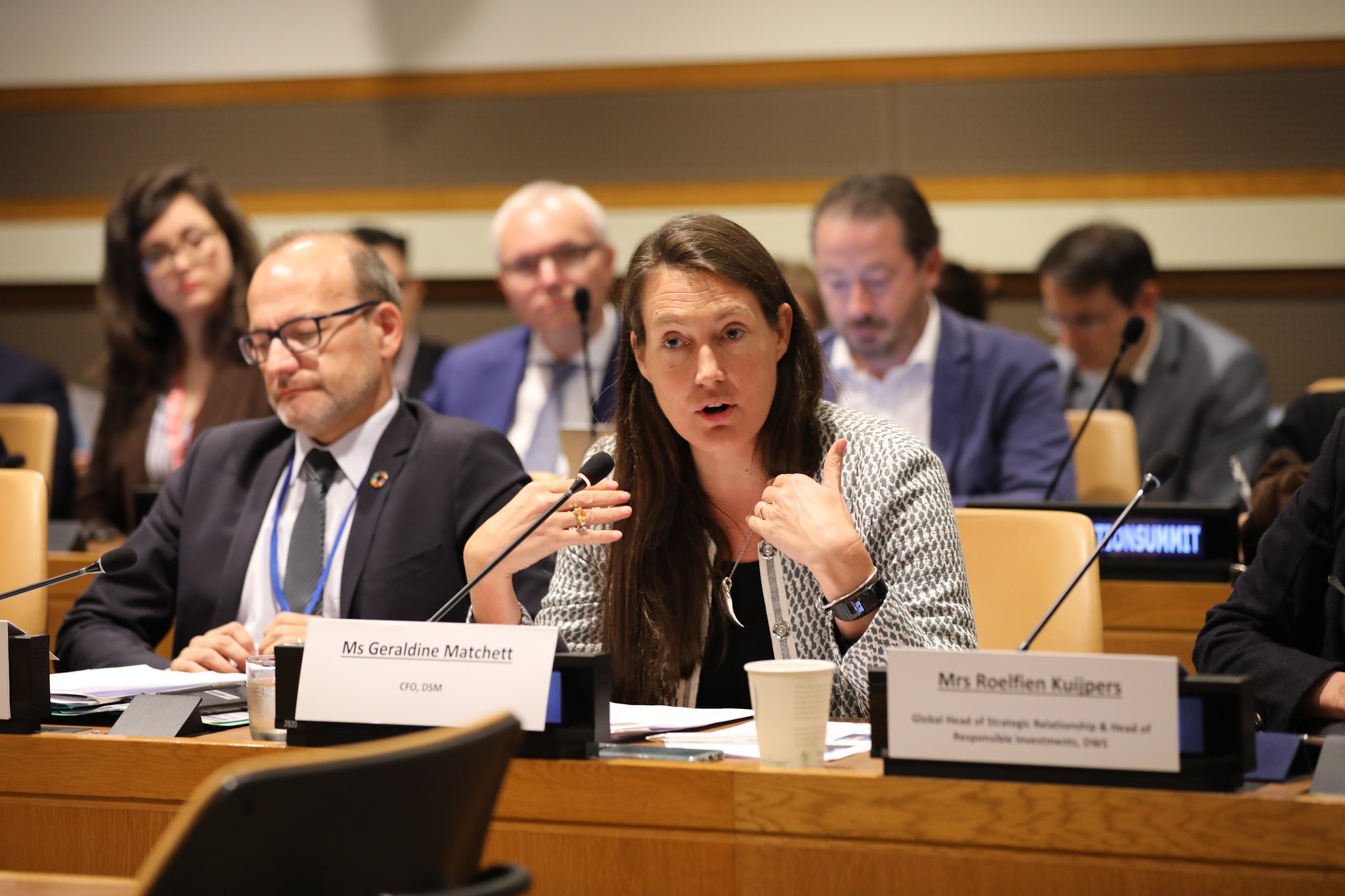Dealing with climate change mitigation requires the implementation of a wide array of policies and instruments. Carbon pricing, considered a cost-efficient instrument to achieve mitigation objectives, continues to receive increasing attention. Although there is clarity of what carbon pricing means in theory, there is less understanding of what it means in practice. This, in my view, generates some confusion when policymakers are assessing whether to implement a carbon pricing policy or a carbon pricing instrument (CPI).
Carbon Markets and Blockchain, or Ronald Coase meets Satoshi Nakamoto
For carbon market integration to occur there are at least three conditions, first, there must be political will expressed through global, regional or bilateral agreements. Second, there must be some accounting recognition through the climate convention process, namely resolution of article 6 of the Paris Agreement. But there is also a third condition: there must be an institutional infrastructure to make carbon markets viable; for this, governments, or private agents, must deal with the high transaction costs of carbon market exchange.
The Pacific Alliance and climate change
The Latin America and the Caribbean region is moving quickly to introduce market incentives as a component of their climate change mitigation policy, for example, 24 countries have identified fiscal measures as a tool to implement their Nationally Determined Contributions (NDCs). However, without a doubt, the Pacific Alliance countries are leading the region.









